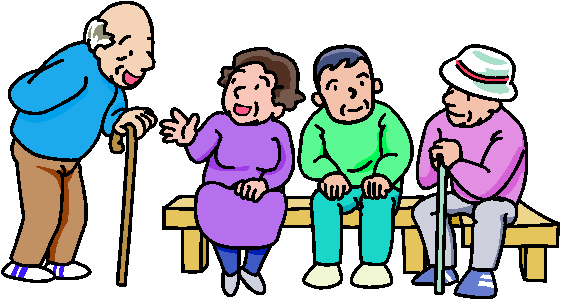

Management / Treatment of Rheumatoid Arthritis
Therefore, the exact cause of rheumatoid arthritis is unknown, there is no causative treatment that can cure this disease. This should really be explained to patients so that it knows that the treatment is given aimed at reducing complaints / symptoms slow the progression of disease.
The main objective of the program management / treatment of Rheumatoid Arthritis, as follows:
- To relieve pain and inflammation
- To maintain joint function and the maximum capability of the patient
- To prevent and or correct deformity that occurs in the joints
- Maintain independence so it does not depend on others.
There are a number of ways that management deliberately designed to achieve the objectives mentioned above, namely:
1. Education
The first step of this management program is to provide adequate education about the disease to the patient, family and anyone associated with the patient. Education will include understanding the pathophysiology (disease course), the cause and the estimated trip (prognosis) of this disease, all components of program management including complex drug regimens, sources of help to overcome this disease and effective method of management provided by health team . This education process should be carried out continuously.
2. Rest
Is important because of rheumatism, usually accompanied by severe fatigue. Although fatigue may arise every day, but there are times where patients feel better or heavier. Patients should be split into several times a day time activity time, followed by a period of rest.
3. Physical exercise and Thermoterapy
Specific exercises can be helpful in maintaining joint function. This exercise includes active and passive movements in all joints are sore, at least two times a day. Medication for pain relief should be given before starting the exercise. Hot compresses on the sore and swollen joints may reduce pain. Exercise and Thermoterapy is best regulated by the health workers who have received special training, such as a physical therapist or occupational therapist. Excessive exercise can damage the structure supporting the joints that are already weakened by the disease.
4. Diet / Nutrition
Rheumatic Patients do not require a special diet. There are a number of ways giving a diet with a variety of variations, but all of which has not been proven true. The general principle for obtaining a balanced diet is important.
5. Drugs
Drug delivery is an important part of the program management of rheumatic diseases. Drugs used to reduce pain, relieve inflammation and to try to change the course of the disease.


















